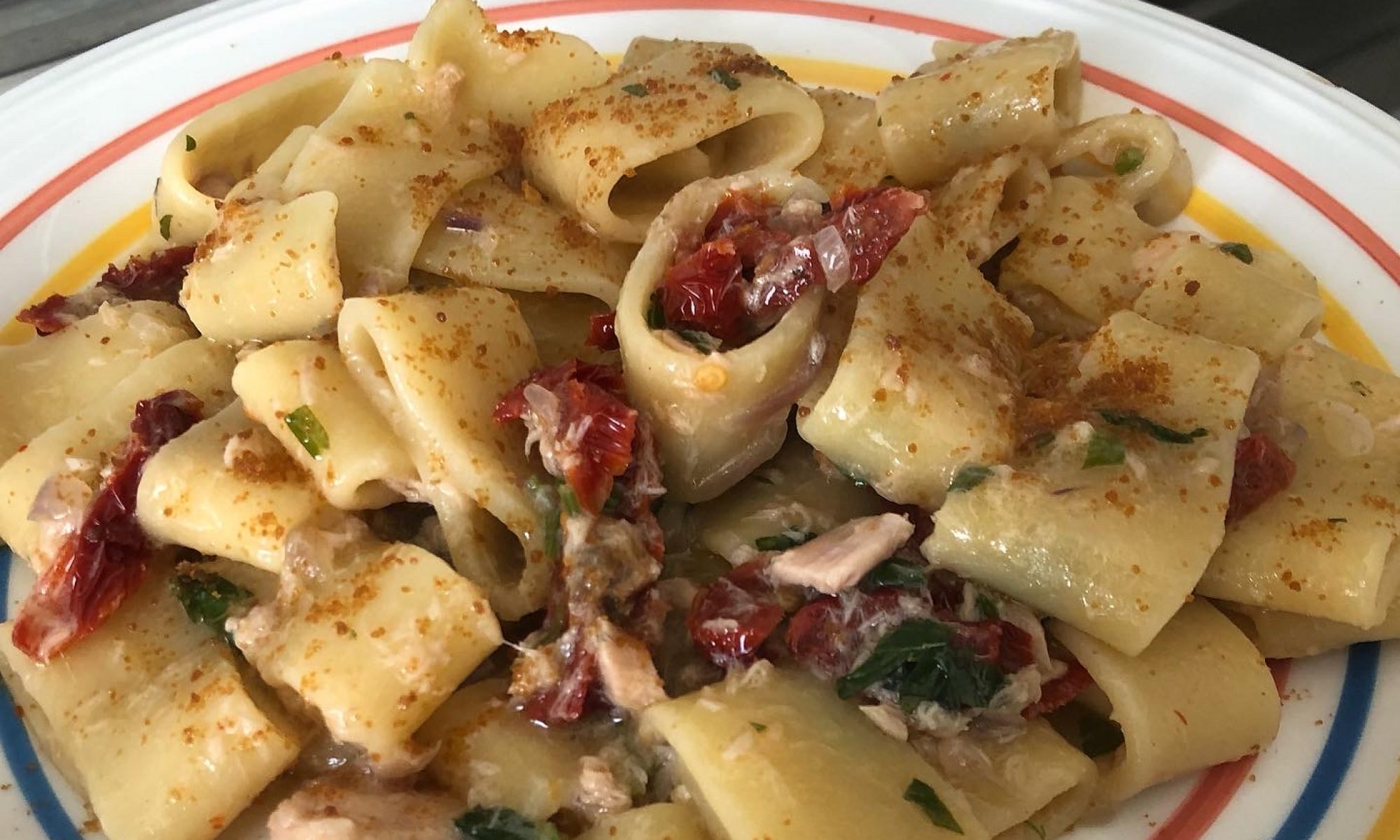 Goulash, which is by far the most famous and appreciated typical Hungarian dish in the world, derives from the word “gulya” which means “herd of cattle” and in fact, in ancient times it was prepared by the herdsmen who, between the 18th and 19th centuries, they transported the prized gray steers from Hungary to the markets of neighboring countries.
Goulash, which is by far the most famous and appreciated typical Hungarian dish in the world, derives from the word “gulya” which means “herd of cattle” and in fact, in ancient times it was prepared by the herdsmen who, between the 18th and 19th centuries, they transported the prized gray steers from Hungary to the markets of neighboring countries.
Hungarian goulash is therefore a poor dish halfway between a stew and a soup, characterized by a marked presence of sweet paprika which gives it its particular color, while, an important contribution of taste is given by the presence of cumin seeds and from peppers. Continue reading “Goulash – Original from Hungary”
Roast Veal (Italian Classic Recipe)
 Roast veal is one of those classic dishes for the “special occasions”, not so much because the preparation involves difficulties but because it takes a couple of hours of cooking.
Roast veal is one of those classic dishes for the “special occasions”, not so much because the preparation involves difficulties but because it takes a couple of hours of cooking.
The parts of meat most suitable for making this succulent dish are the rump or the magatello / girello. Continue reading “Roast Veal (Italian Classic Recipe)”
Cacio e Pepe Pasta (or Cheese and Pepper Pasta)
 One of the cornerstones of Roman / Lazio cuisine is the cacio e pepe pasta from which, by varying some ingredients, the very famous gricia, amatriciana and carbonara derive.
One of the cornerstones of Roman / Lazio cuisine is the cacio e pepe pasta from which, by varying some ingredients, the very famous gricia, amatriciana and carbonara derive.
The context in which cacio e pepe pasta originated is the poor one linked to sheep farming and transhumance.
Cacio e pepe pasta is only apparently a simple dish in fact, those who decide to make it for the first time, if they do not pay the right attention, risk causing the cheese to coagulate, irreparably ruining the final result. Continue reading “Cacio e Pepe Pasta (or Cheese and Pepper Pasta)”
Golubtsi (or Russian Cabbage Rolls)
 Golubtsi are rolls based mainly on meat, rice, vegetables, wrapped in a cabbage leaf and then left to cook in a pan.
Golubtsi are rolls based mainly on meat, rice, vegetables, wrapped in a cabbage leaf and then left to cook in a pan.
They represent an interesting appetizer typical of Russian cuisine and in particular Belarusian and Ukrainian.
The preparation is quite simple and does not require ingredients that are difficult to find. Continue reading “Golubtsi (or Russian Cabbage Rolls)”
Blini (or Russian Crepes)
 Blini are one of the most frequent and ancient dishes of Russian cuisine.
Blini are one of the most frequent and ancient dishes of Russian cuisine.
The recipe, at least as regards the aesthetic result, is very similar to that of crepes.
Blini are prepared and consumed immediately seasoned according to tradition with red caviar (ikra) or smetana or other ingredients that can vary from sweet to savory according to personal tastes. Continue reading “Blini (or Russian Crepes)”
Shuba – Herring Under a Fur Coat Salad
 A very famous salad in Russia and in general throughout Eastern Europe is the Herring Under the Fur Coat (Selyodka Pod Shuboi) known more simply as “Shuba”.
A very famous salad in Russia and in general throughout Eastern Europe is the Herring Under the Fur Coat (Selyodka Pod Shuboi) known more simply as “Shuba”.
The name derives from the fact that, by construction, the herring is covered in layers of other ingredients and looks almost as if it is inside a fur coat.
It is a dish that is made mainly for the holidays and in particular for the New Year. Continue reading “Shuba – Herring Under a Fur Coat Salad”
